Excel LOOKUPs are powerful and versatile functions that can save time and effort when working with large datasets, and they are some of Excel's most valuable and least understood functions. They are used to search for specific values within a data range and return related information from another location. In this session, we will explore ways to return data using advanced techniques like VLOOKUP, XLOOKUP, NAMED RANGES, MATCH, and INDEX functions, and more.
Prerequisites: The student must be a current Excel user and have taken at least Excel I and II or have equivalent experience.
Program Level: Advanced
Contents:
- How does a lookup function work
- Create a VLOOKUP to return a single item of data
- Create a row of VLOOKUP’s
- Create a drop-down list to facilitate your VLOOKUP search criteria selection
- Create VLOOKUP’s that return a column of data
- Create a VLOOKUP that finds the closest match
- Create VLOOKUP that returns multiple columns
- Create VLOOKUP’s nesting the Match function to return multiple out of order columns
- Use XLOOKUP to return multiple columns of data
- Use XLOOKUP with multiple criteria
- Use Index and Match as a substitute for VLOOKUP
- Use Index and Match to find data left of your lookup column
- Use XLOOKUP to find data left of your lookup column
- VLOOKUP Tips
Note: This course will be taught using the windows operating system environment

